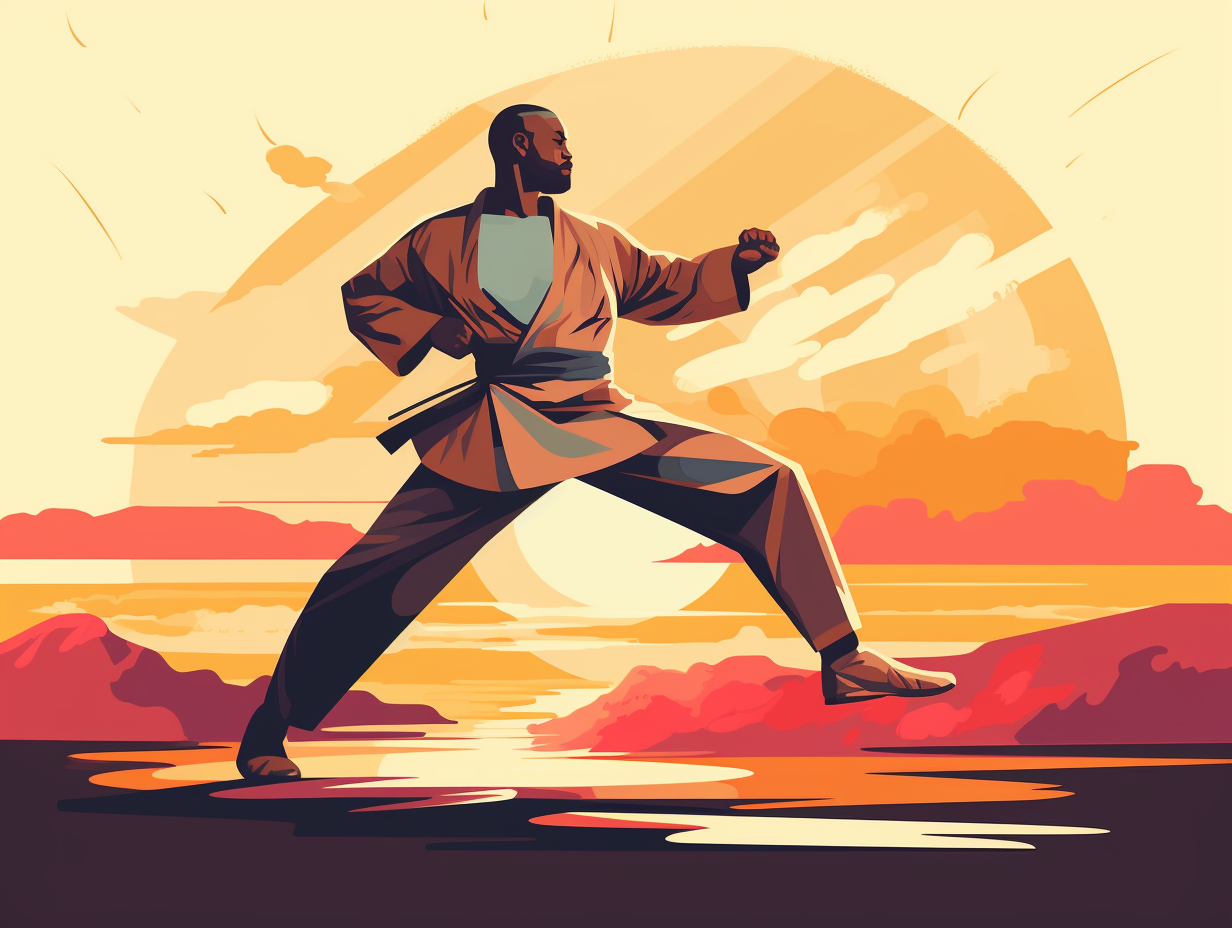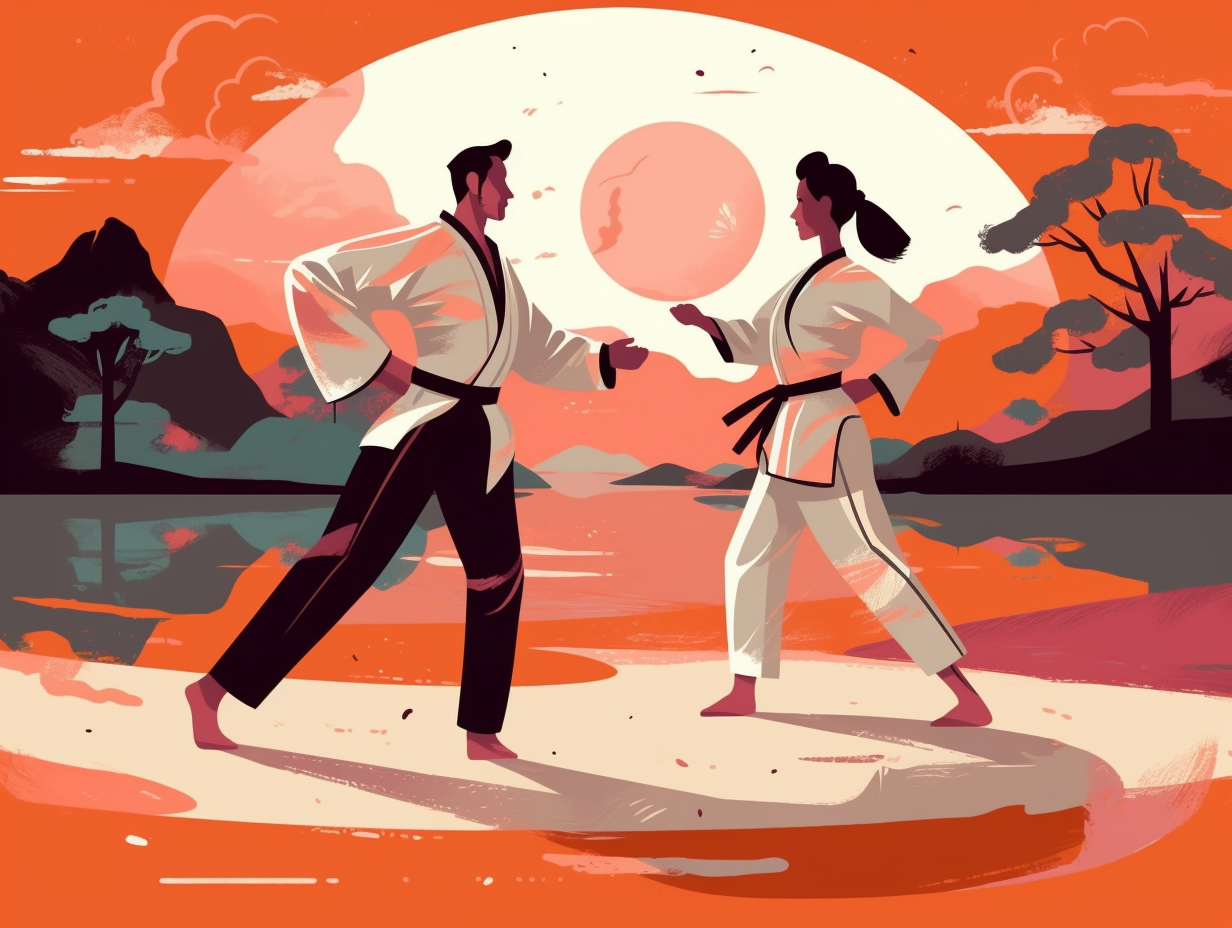7 Amazing Fun Facts About Track and Field You Never Knew!

1. Stadion: The Ancient Greek Running Unit
Before Zeus hit the ancient Greek gym and had to run errands: Track and field used a unit of length called a "stadion" which ranged between 150-210 meters! This measurement was used in the original Olympic Games and still influences how we interpret historical distances today, thanks to Lev Vasilevich Firsov's modern comparison of ancient texts.
Source => en.wikipedia.org
2. Javelin Throw: Babes and Spears in 1932
Before Olympians could "throw like a girl" in the realm of spear-chucking: the women's javelin throw was introduced to the Olympics in 1932, with American athlete Babe Didrikson taking home the gold medal.
Source => olympics.com

Did you know gymnastics started as a military training exercise in ancient Greece? Discover the incredible journey from soldiers' workouts to breathtaking global competitions on vaults, beams, and bars. 🤸♂️💪🏅
=> Fun Facts about Gymnastics
3. Triple Jump: The Leapfrog's Olympic Cousin
Step aside, moonwalk: the leapfrog's mystical athletic cousin has been stealing the show since 1896 – it's the triple jump! The serious reveal: Established as part of the Olympic Games' original roster, this ancient Greek-inspired track and field event sends athletes through a hop, bound, and a jump into a sand pit, with reigning world champs Jonathan Edwards (UK) reaching 18.29 m (60 ft 0 in) and Yulimar Rojas (Venezuela) leaping 15.74 m (51 ft 7+1⁄2 in).
Source => en.wikipedia.org
4. Tokyo's Stadium Transformation: From 1964 to 2020
In the great circle of life that is the Olympic Stadium design, everything old is new again: The National Stadium in Tokyo, which was originally the centerpiece for the 1964 Olympics, is being rebuilt for the exciting 2020 Summer Olympics to host the Opening and Closing ceremonies, athletics events, and football matches before continuing its legacy as a hotspot for sporting and cultural events.
Source => lochgarry.wordpress.com

5. Egyptian Sprinters: Pyramid Schemes with a Twist
Before Olympic sprinters and high school relay races, ancient Egyptian athletes were chasing Pyramid schemes of a different kind: In the Heb Sed festival, dated back to at least 3200 BC, running competitions and other athletic events amazed the spectators and featured on tomb illustrations at Saqqara, reminding us that track and field has been running laps around history for millennia.
Source => numerade.com
6. Olive Wreaths: Winning Ancient Greek Style
Talk about an "olive-lympic" accomplishment: In ancient Greece, winners at the Olympic Games were awarded kotinos, wreaths made from olive leaves gathered from the sacred olive tree in Olympia, symbolizing glory, power, and immortality instead of the typical Roman-red carpet treatment with swanky purple robes or blingy gold crowns.
Source => hellenic.org.au
7. Decathlon: Greek for "Ten Ways to Exhaustion"
Whoever said "go big or go home" must have had the decathlon in mind, as this Herculean Olympic event makes even the toughest gym rats feel winded just reading about it: Boasting ten challenging events, including running, jumping, and throwing, "decathlon" finds its roots in the ancient Greek words "deka," meaning ten, and "athlos," meaning contest, and has been putting athletes to the test since its Olympic debut in 1912.
Source => etymonline.com
Related Fun Facts




















